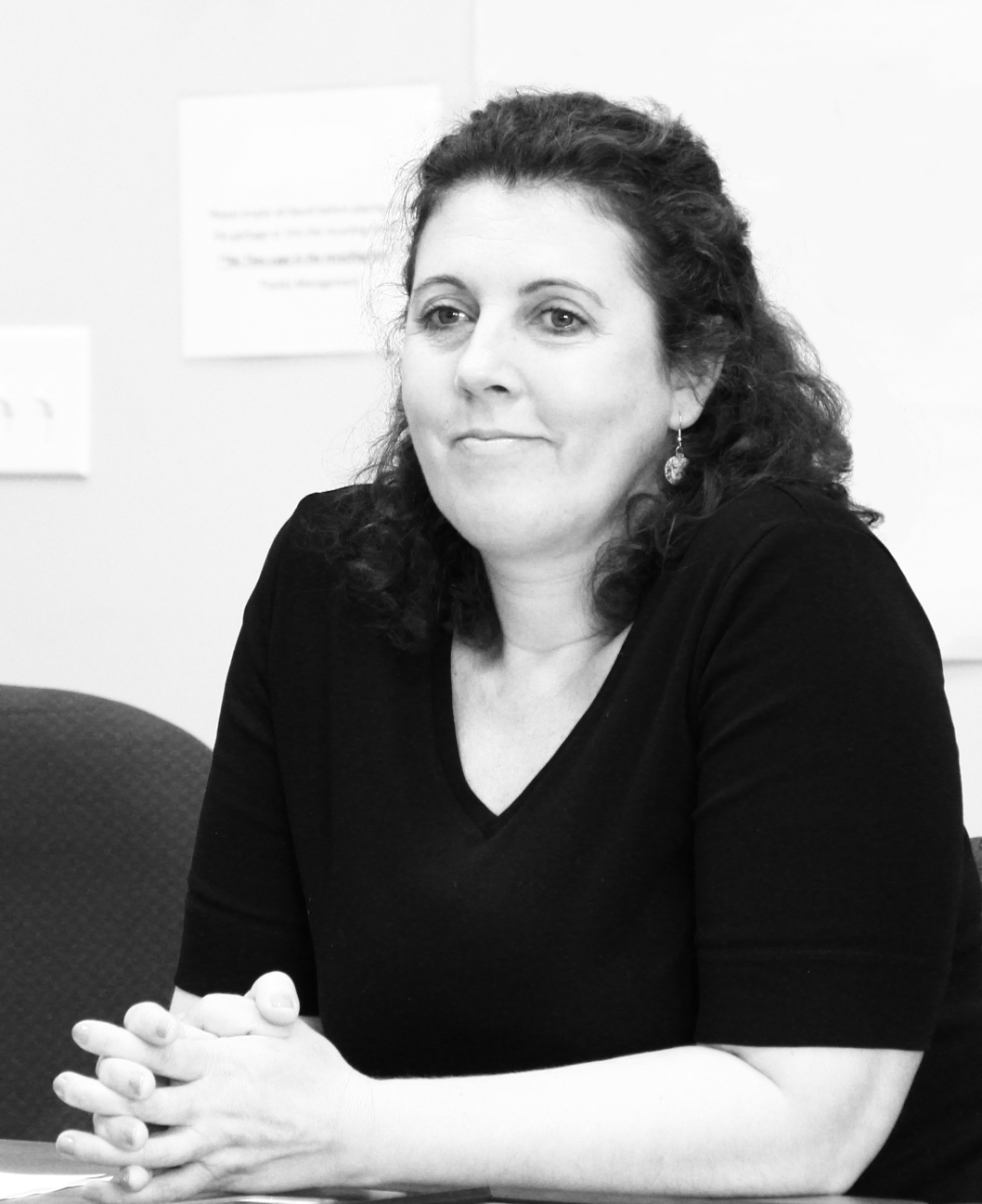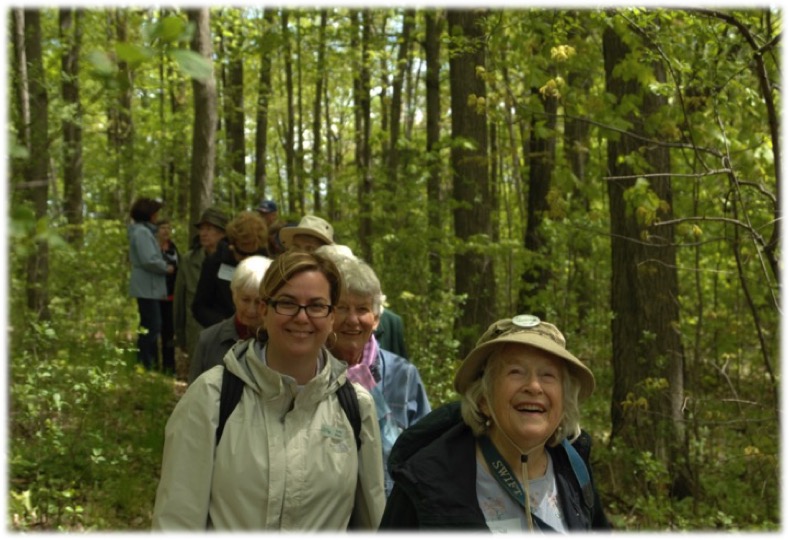- Home
- About Us
- The Team / Contact Us
- Books and Resources
- Privacy Policy
- Nonprofit Employer of Choice Award

 In 2010 I worked as Director of Development for an environmental charity called Ontario Nature. We had just finished a revitalization of our legacy program. This involved some renewed marketing materials, a few financial planning events and a wildly successful survey to our most loyal donors.
In 2010 I worked as Director of Development for an environmental charity called Ontario Nature. We had just finished a revitalization of our legacy program. This involved some renewed marketing materials, a few financial planning events and a wildly successful survey to our most loyal donors.
We now had almost 70 confirmed legators. These are people who had told us that they intended to leave a bequest to our organization in their will. I knew that just three of those pledges totalled an expected 2.5 million dollars – so we anticipated the entire value of all of these relationships would be significantly more than that.
We all know that most donors update or change their will before they go on vacation and within just a year or two of their death. Now that we had secured millions of dollars in expectancies, my job was to figure out how to keep them. So I started to do what many of us in smaller organizations do. I added our legators to the major donor stewardship program.
That major donor program was ROCKING. We had just finished a capital campaign to purchase some land and people were excited. We were having parties, going on hikes and having more parties and going on more hikes. Each time we had an event I would phone our legators and make sure they knew that we would love to see them there.
The realization that I had made a mistake happened during a phone call a donor who was incredibly candid. She loved nature, went on many outings with the organization when she was younger. She told me she was now at an age where she hardly ever left her house. She couldn’t drive, she needed to be near a toilet, she found stairs difficult to manage and regrettably she wanted to stop receiving invitations to events she could not attend.
It was during that phone call that I realized, every time I was inviting her to come to an event or go on a hike, she felt sad. She loved us so much, and we were – I was making her feel sad and old and isolated. Exactly the opposite of my intention.
It became clear that our legators, needed to be treated differently than our major donors. I just wasn’t sure how to do it.
Later that summer, all of the staff were siting down together outside in a big tent. It was a warm night with the sound of crickets and really loud bull frogs in the background. We had just hosted about 100 people in nature workshops and a dinner. Sitting there, I started to feel a little melancholy. I was sad for the legators who couldn’t join us that day. I knew that they would have loved it.
And then I realized exactly what we needed to do. We needed to find a way to help these very special people connect with our mission again.
Our events needed to be more accessible to our most senior donors. I asked the team how many of them would be willing to help host an event where we had a 1 to 1 ratio of participant and staff. This would be a slower, less ambitious experience with nature. I’m pleased to say that 100% of the staff were incredibly enthusiastic.
The next day I consulted with a well-known Toronto naturalist – who also happened to be a very spry 82 years old. Pheobe suggested a walk through the trilliums. She was willing to guide the walk and she was willing to sign the invitation.
Instead of having me – in my forties or even our President in his sixties, Phoebe signed the letter. The letter was authentic. It was in her voice and it acknowledged that while experiencing nature had changed over the years – it didn’t need to stop. We also promised to make this event accessible to our most senior donors. We promised:
When it came time to plan lunch I thought about my grandmother. What would she like? She would like soft food. She would not want me to go to any trouble or to spend too much money. I prepared a picnic of egg salad and tuna sandwiches, apple juice, banana’s and date squares – my grandma’s recipe. Easy food for anyone to eat.
 Our day was an incredible success. Everyone left with his or her heart full. Looking forward to the next event.
Our day was an incredible success. Everyone left with his or her heart full. Looking forward to the next event.
This event was one of the most rewarding events of my career. And I’m absolutely sure that no one who participated remembers that I made their sandwiches or helped Phoebe with the letter. And that’s okay. Because it is not our job to build relationships between ourselves and donors. Our job is to serve and facilitate a bond between the donor and the mission of the organization. As fundraisers we are servants of philanthropy.
We offer hope for the future. We provide peace of mind to those who are closer to the end of their life than perhaps we are.
For as Mitch Albom says “Death ends a life – not a relationship.”
In part two of this series on authentic legacy programs I’ll share with you what the next event was and how we honoured those donors who had already passed on.
Kimberley is deeply passionate about building the capacity of the charitable sector. Kimberley is Editor of Hilborn, Charity eNEWS and also works with a variety of organizations to advance a culture of philanthropy among staff and senior volunteers, to be more authentic and ultimately raise more money for their missions. She serves as a member of the Advisory council for the Rogare Think Tank in Plymouth University and is Director of Education for the Planned Giving Council of Simcoe County. Contact her via@kimberleycanada, email her at k@kimberleymackenzie.ca, or visitwww.theauthenticfundraiser.com